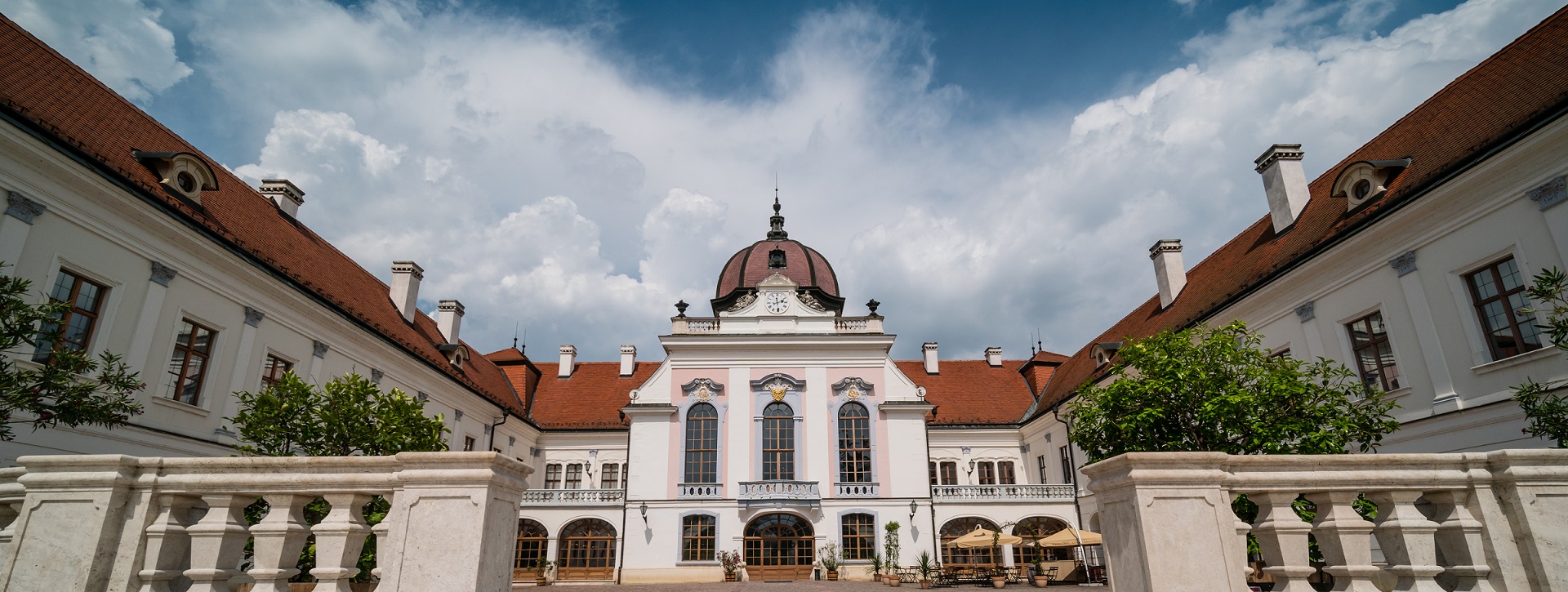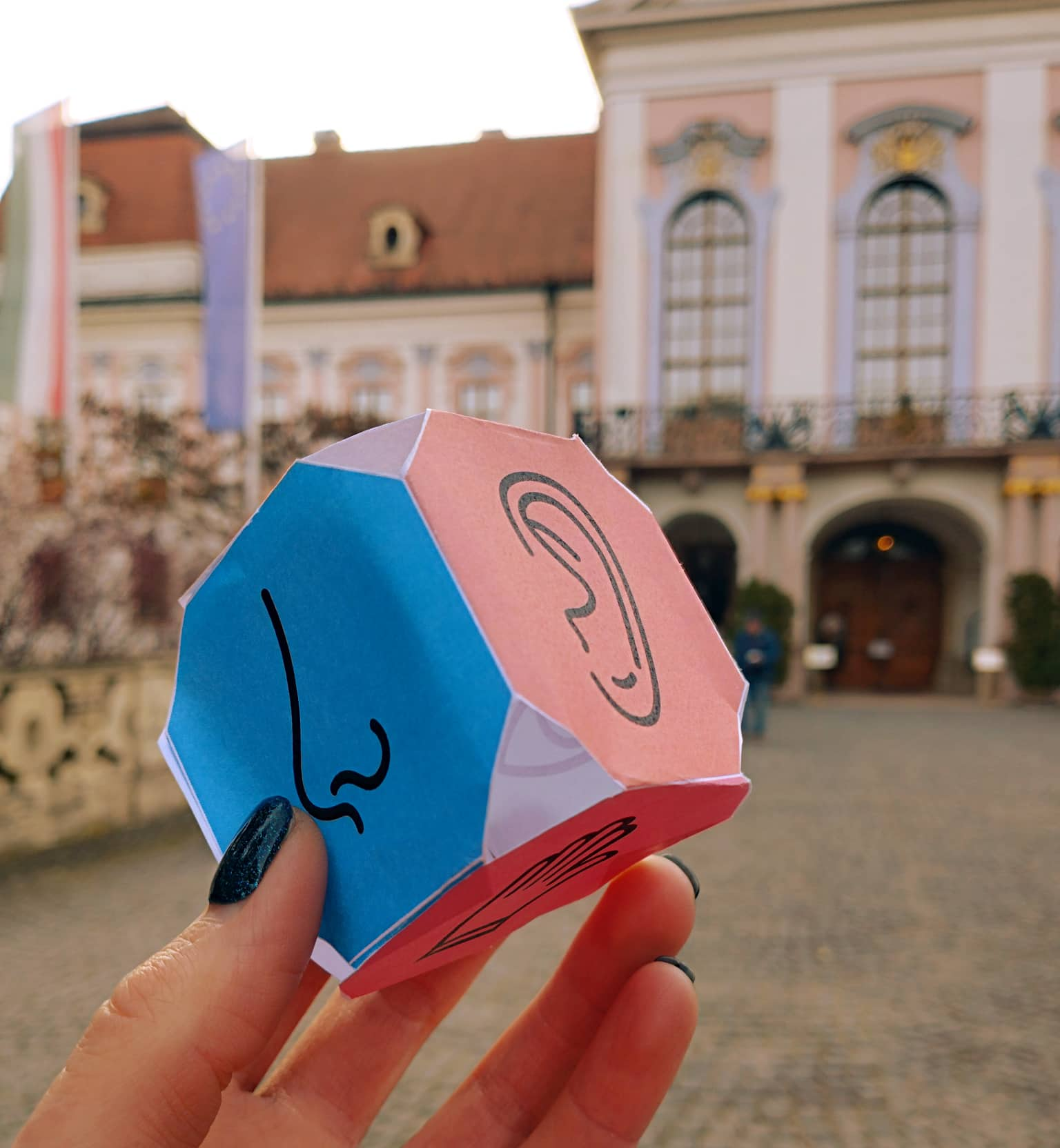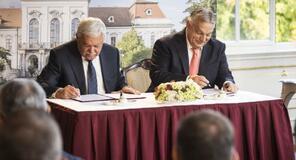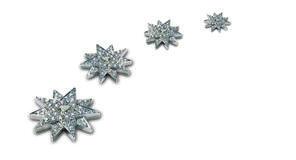
“Museum of Communities” | Erasmus+
We are continuing the “Museum of Communities” project, co-financed by the Erasmus + programme of the European Union.
Together with the Museum of King Jan III’s Palace at Wilanów and the Italian non-governmental organisation Stazione Utopia, we exchange knowledge and experiences as well as train and teach how to encourage local communities gathered around museums to engage in voluntary work and how to talk about cultural, natural and historical heritage in an interesting manner. Together with our colleagues from Hungary and Italy, we have created a publicly available educational tool – the story cube that supports volunteers and educators in learning how to build a unique story, organise arguments, build independent judgments about the object or phenomenon in question, while incorporating their own stories and experiences.
Activities implemented as part of the project:
International Learning, Teaching, Training (LTT) meetings, during which a group of experts from Wilanów, Gödöllő and Florence selected in the programme exchanges good practice and then trains one another in areas such as working with volunteers and immigrants as well as creating an engaged community around institutions. Four meetings: two in Warsaw and two in Florence and Gödöllő, respectively, have been held during the course of the project.
Transnational Project Meetings (TPMs) in each of the participating organisations help us implement our planned activities effectively.
Developing an educational tool, known as the story cube. The tool supports the adult education personnel in contacting the local community and engaging it in activities related to the voluntary programme.
An online seminar to discuss the experiences we have gained and disseminate the educational tool we have developed is to be held in January 2023.
Writing a series of articles on informal adult education and engaging the local community in the activities of institutions. Feel free to check out the materials on the Electronic Platform for Adult Learning in Europe (EPALE): Local community engagement in museum programs: practices, experiences and challenges and Też tak chcę!
Story cube – a new educational tool

As part of the Erasmus+ project, “Museum of Communities”, along with our partners from the Museum of King Jan III’s Palace at Wilanów and the non-governmental organisation Stazione Utopia in Florence, we have created a new publicly available educational tool.The story cube supports our work with volunteers in terms of creating engaging and unique stories about museum items.
We have designed not one but two cubes:
senses cube, to support the process of experiencing objects through our senses;
mind cube, to encourage users to think and reflect critically.
Story cubes allow the users to ask questions about heritage objects and look at them in a new manner, inspiring them to learn collectively and have a discussion. The tool may be used with both beginners and advanced storytellers. Story cubes are a universal solution to be used in adult education.
The project has been co-financed by the European Commission from the Erasmus+ programme supporting strategic partnerships at a European level. Projects related to education and training promote the development of knowledge in Europe and make it possible to achieve the objectives of the Europe 2020 strategy – sustainable development and social inclusion.
Download the detailed instructions and a graphic template for the story cubes:
Erasmus+ Storycube black and white
Erasmus+ Mindcube black and white
Erasmus+ Senses cube black and white
Erasmus+ Senses cube black and white autline
Erasmus+ Senses cube color autline
Erasmus+
MOC | Erasmus+
The Museum of Communities Project
In the framework of the Museum of Communities Project, the Royal Palace of Gödöllő entered into cooperation with two partner institutions, the Palace Museum of King Jan III at Wilanów (Muzeum Pałacu Króla Jana III w Wilanowie) in Poland and the Stazione Utopia in Italy. Beyond the exchange of knowledge and professional experience, the aim of the project is to involve the local communities into volunteering in the museum sphere, as well as to design trainings so that volunteers in museums can create unique, interesting stories about cultural, historic and natural heritage based on their own experience as well as special educational tools. To this end, the three partner institutions offer a series of special trainings for each other in the scope of the project.
In cooperation with the Polish and Italian Colleagues, the project members from the Royal Palace of Gödöllő intend to design a special educational tool, the “narrative cube” that will be useful in the training of volunteers so that they can learn how to construct unique narratives, as well as to stimulate discussions, develop ideas, make their own judgements about a specific object or phenomenon related to specific heritage sites. The narrative cube will be available for everyone,
by free access to download it from the Internet.
The Museum of Communities project is co-financed by the Erasmus+ programme of the European Union. KA2
Agreement Nr. 2020-1-PL01-KA204-081917
Meetings of the Project:
1st TPM (Transational Project Meeting) > WILANÓW, PL
Time: 07.09.2021 – 08.09.2021
Host institution: Muzeum Pałacu Króla Jana III w Wilanowie, Warsaw, Poland
Number of Participants (from the Royal Palace of Gödöllő): 3 persons
1st LTT Meeting (Learning Teaching Training) > FLORENCE, IT
Time: 25.10.2021 – 29.10.2021
Host institution: Stazione Utopia, Florence, Italy
Number of Participants (from the Royal Palace of Gödöllő): 3 persons
2nd LTT Meeting (Learning Teaching Training) > WILANÓW, PL
Time: 07.02.2022 – 11.02.2022
Host institution: Muzeum Pałacu Króla Jana III w Wilanowie, Warsaw, Poland
Number of Participants (from the Royal Palace of Gödöllő): 3 persons
2nd TPM (Transational Project Meeting) > FLORENCE, IT
Time: 10.03.2022 – 11.03.2022
Host institution: Stazione Utopia, Florence, Italy
Number of Participants (from the Royal Palace of Gödöllő): 9?? persons
3rd LTT Meeting (Learning Teaching Training) > GÖDÖLLÕ, HU
Time: 04.07.2022 – 08.07.2022
Host institution: The Royal Palace of Gödöllő, Hungary
Number of Participants (from the Royal Palace of Gödöllő): 3 persons
4th LTT Meeting (Learning Teaching Training) > WILANÓW, PL
Time: 19.09.2022 – 23.09.2022
Host institution: Muzeum Pałacu Króla Jana III w Wilanowie, Warsaw, Poland
Number of Participants (from the Royal Palace of Gödöllő): 3 persons



